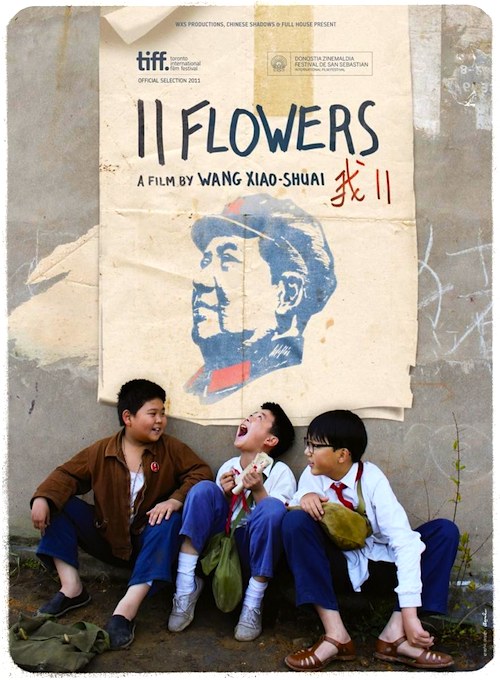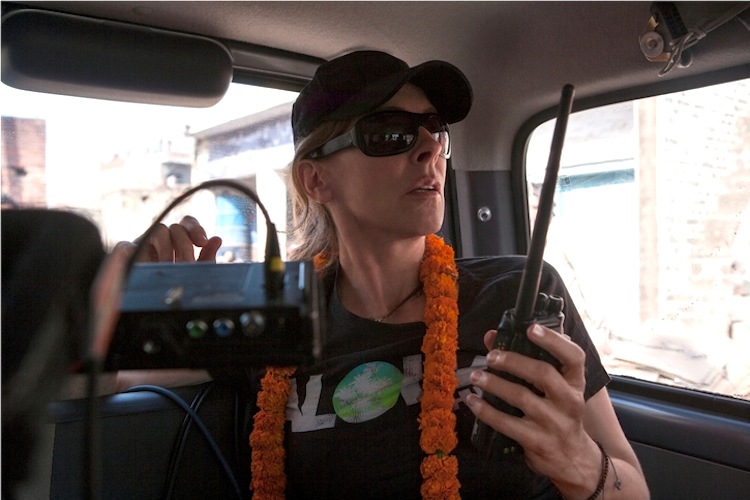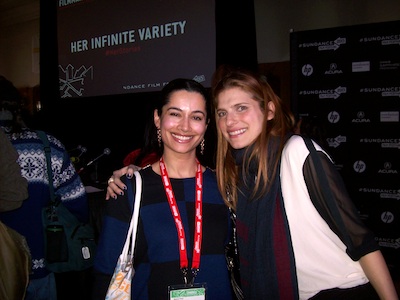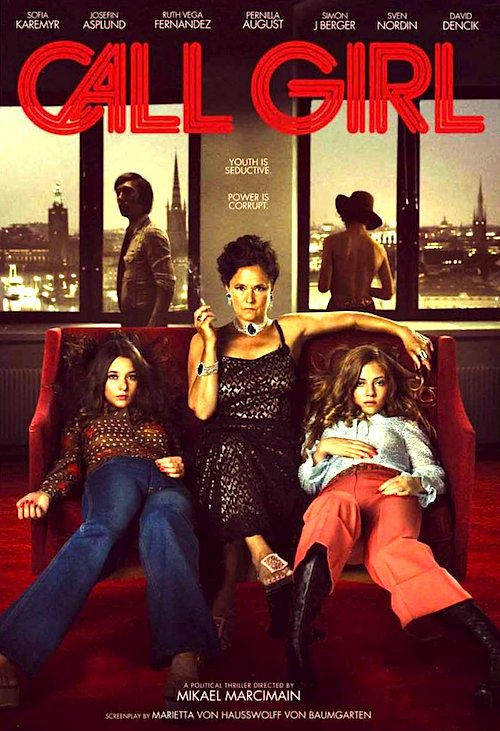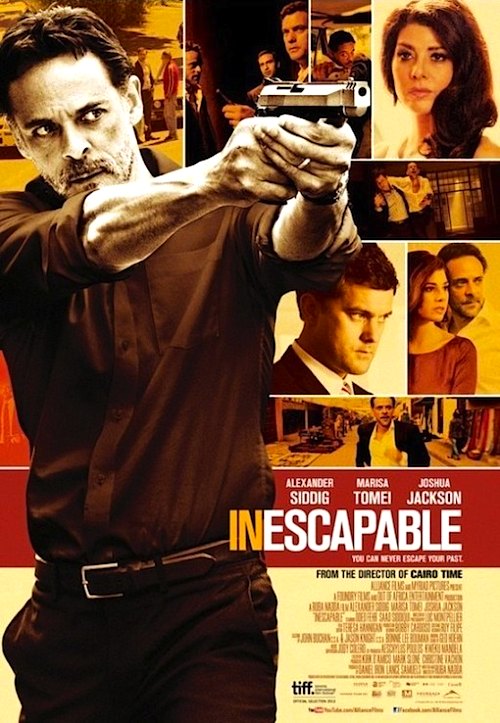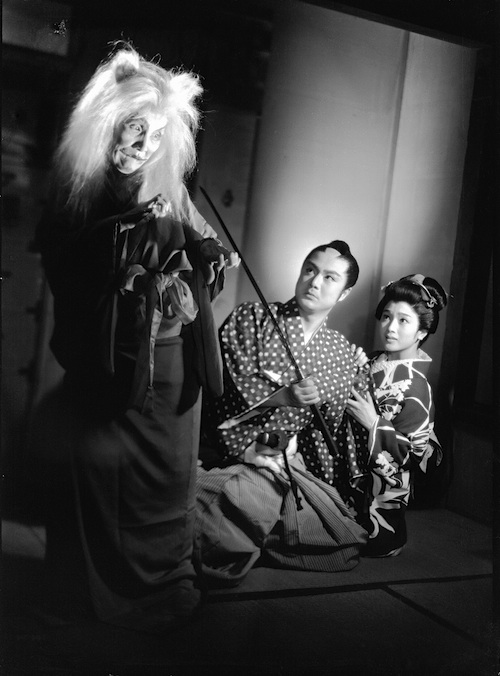 By Joe Bendel. If you have read your Poe you know a cat without an outraged sense justice can be a real handful. However, this spectral feline’s thirst for vengeance transcends generations, ensnaring an innocent couple in Ishikawa Yoshiro’s Ghost Cat of Otama Pond, which also has its official New York premiere as part of the Japan Society’s 2013 Globus Film Series, Into the Shintoho Mind Warp: Girls, Guns & Ghosts.
By Joe Bendel. If you have read your Poe you know a cat without an outraged sense justice can be a real handful. However, this spectral feline’s thirst for vengeance transcends generations, ensnaring an innocent couple in Ishikawa Yoshiro’s Ghost Cat of Otama Pond, which also has its official New York premiere as part of the Japan Society’s 2013 Globus Film Series, Into the Shintoho Mind Warp: Girls, Guns & Ghosts.
It is getting late, but no matter which path they take, Tadahiko and Keiko always end up back at the same sinister pond. Spying a black cat, Tadahiko insists on following it to presumed shelter. Unfortunately, it takes them to a deserted (and in fact haunted) house that renders Keiko catatonic. Seeking help, Tadahiko stumbles across the home of a priest, who attempts an exorcism, while explaining the sinister history of the area.
During the feudal era, Yachimaru, the son of the village headman, was in love with Kozasa, the daughter of his father’s bitter rival, Gensai. Unfortunately, after Yachimaru leaves to start a career in the capital, Gensai and his ally the Magistrate kill Yachimaru’s father and withered granny, capturing his sister. Shortly thereafter, she manages to take her own life rather than submit to the Magistrate’s foul desires. The family cat Tama saw it all and is profoundly offended. Before the long, the supernaturally empowered cat stalks the killers, with the help of Kozasa, in a partly willing state of possession. Payback ensues.
When Tama assumes a crazy cat woman form, Otama approaches Corman-esque territory. However, when it is simply the stealthy feline or the vacant eyed Kozasa directing the uncanny torments, the film is all kinds of creepy and atmospheric. Yoshiro makes particularly effective use of his evocative settings, the spooky houses and deep dark well that eerily reappear in the later time frame.
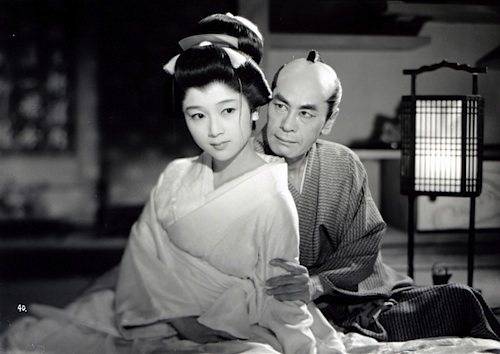
In dual roles as the star-crossed lovers of both eras, Shôzaburô Date is sufficiently uptight or tightly wound as Tadahiko/Yachimaru, whereas Noriko Kitazawa is kind of spectacular as the vengeful Kozasa (while spending most her time as Keiko either whining or in a paranormal coma).
Yoshiro was a protégé of Nobou Nakagawa, whose influence can be seen in Otama’s bone-deep themes of honor and betrayal, macabre use of traditional folkloric elements, Hammer-like color cinematography, and aptly moody soundtrack. A little overstuffed up top with witchy apparitions, a little less would have been more in Otama, which is always the case for this sort of film. Yet, its third act is a site to behold for genre fans. Where have these Shintohos been all our lives? Highly recommended for fans of both 1960’s horror movies and Japanese cinema in general, Ghost Cat of Otama Pond screens this Friday (3/1) at the Japan Society as part of the can’t miss Shintoho Mind Warp series (that will continue on to Philadelphia, San Francisco and Vancouver later in the year).
LFM GRADE: B+
Posted on February 25th, 2013 at 2:11pm.
